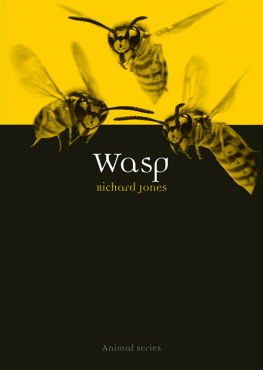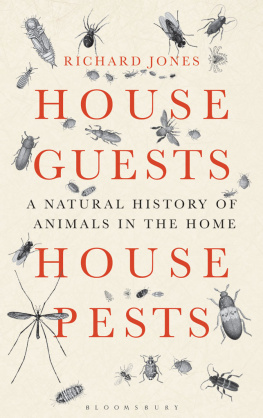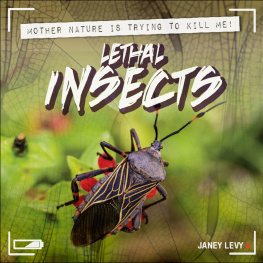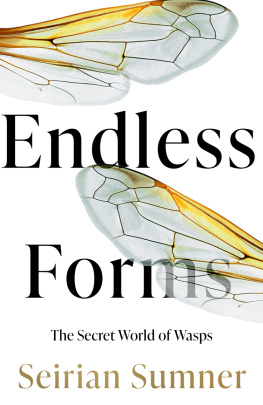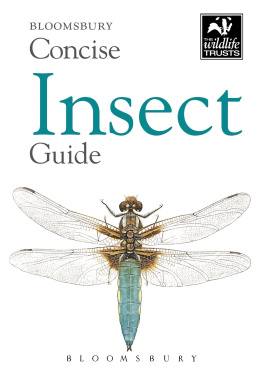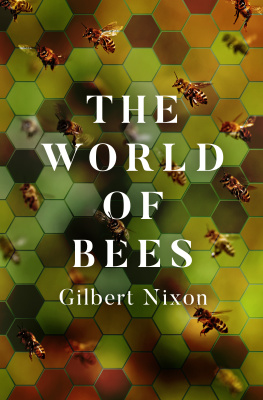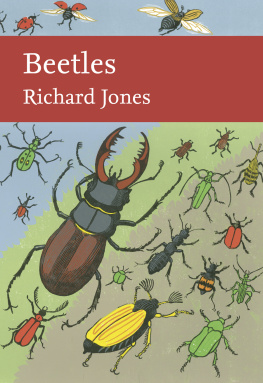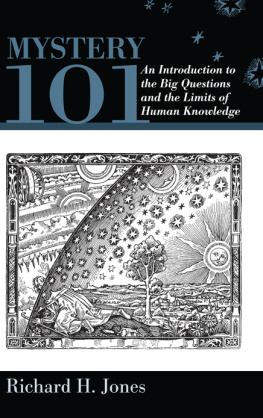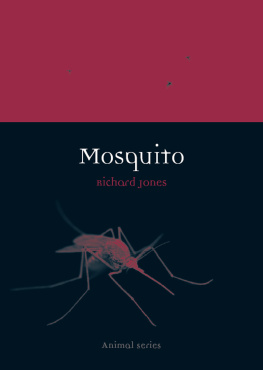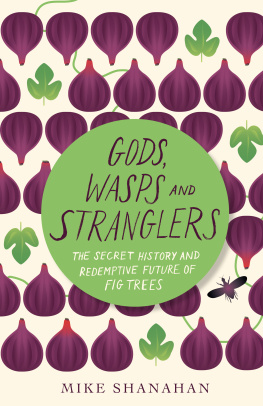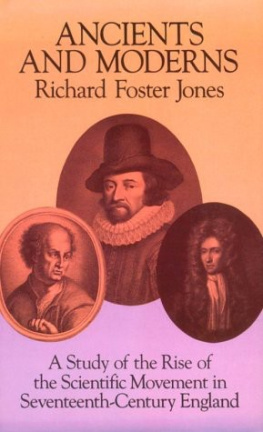Wasp

Animal
Series editor: Jonathan Burt
Already published
Albatross Graham Barwell Ant Charlotte Sleigh Ape John Sorenson Badger Daniel Heath Justice
Bat Tessa Laird Bear Robert E. Bieder Beaver Rachel Poliquin Bedbug Klaus Reinhardt
Bee Claire Preston Beetle Adam Dodd Bison Desmond Morris Camel Robert Irwin
Cat Katharine M. Rogers Chicken Annie Potts Cockroach Marion Copeland Cow Hannah Velten
Crocodile Dan Wylie Crow Boria Sax Deer John Fletcher Dog Susan McHugh Dolphin Alan Rauch
Donkey Jill Bough Duck Victoria de Rijke Eagle Janine Rogers Eel Richard Schweid
Elephant Dan Wylie Falcon Helen Macdonald Flamingo Caitlin R. Kight Fly Steven Connor
Fox Martin Wallen Frog Charlotte Sleigh Giraffe Edgar Williams Goat Joy Hinson
Goldfish Anna Marie Roos Gorilla Ted Gott and Kathryn Weir Guinea Pig Dorothy Yamamoto
Hare Simon Carnell Hedgehog Hugh Warwick Hippopotamus Edgar Williams Horse Elaine Walker
Hyena Mikita Brottman Kangaroo John Simons Kingfisher Ildiko Szabo Leech Robert G. W. Kirk
and Neil Pemberton Leopard Desmond Morris Lion Deirdre Jackson Lizard Boria Sax
Llama Helen Cowie Lobster Richard J. Kin Monkey Desmond Morris Moose Kevin Jackson
Mosquito Richard Jones Moth Matthew Gandy Mouse Georgie Carroll Octopus Richard Schweid
Ostrich Edgar Williams Otter Daniel Allen Owl Desmond Morris Oyster Rebecca Stott
Parrot Paul Carter Peacock Christine E. Jackson Pelican Barbara Allen Penguin Stephen Martin
Pig Brett Mizelle Pigeon Barbara Allen Polar Bear Margery Fee Rat Jonathan Burt
Rhinoceros Kelly Enright Salmon Peter Coates Sardine Trevor Day Scorpion Louise M. Pryke
Seal Victoria Dickenson Shark Dean Crawford Sheep Philip Armstrong Skunk Alyce Miller
Snail Peter Williams Snake Drake Stutesman Sparrow Kim Todd Spider Katarzyna and Sergiusz
Michalski Swallow Angela Turner Swan Peter Young Tiger Susie Green Tortoise Peter Young
Trout James Owen Vulture Thom van Dooren Walrus John Miller and Louise Miller
Wasp Richard Jones Whale Joe Roman Wild Boar Dorothy Yamamoto Wolf Garry Marvin
Woodpecker Gerard Gorman Zebra Christopher Plumb and Samuel Shaw
Wasp Richard Jones | 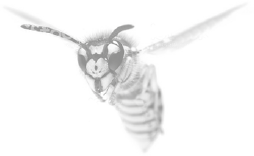
|
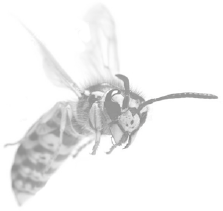
REAKTION BOOKS
Published by
REAKTION BOOKS LTD
Unit 32, Waterside
4448 Wharf Road
London N1 7UX, UK
www.reaktionbooks.co.uk
First published 2019
Copyright Richard Jones 2019
All rights reserved
No part of this publication may be reproduced, stored in a retrieval system or transmitted, in any form or by any means, electronic, mechanical, photocopying, recording or otherwise, without the prior permission of the publishers
Page references in the Photo Acknowledgements and
Index match the printed edition of this book.
Printed and bound in China by 1010 International Ltd
A catalogue record for this book is available from the British Library
eISBN 9781789141887
Contents

Introduction
Fear and fascination in equal measure set wasps apart from other insects. The frisson of danger evoked by the threat of a painful sting has given them an undeserved reputation for aggressiveness bordering on vindictive spite. Though arguably they really are just a specialized group of wasps, bees have gone on to be lauded by humans, but wasps are vilified. Unlike honeybees (industrious), and bumblebees (cuddly), wasps are viewed by humans with the same lack of empathy they feel for spiders and scorpions.
The relatively large size of wasps, their bright colours and communal nesting make them far more visible than many insects, and their unwanted attentions at the picnic table bring them into closer human contact than many would prefer. This mistrust is deep-seated in a human history that has easily awarded value (commercial and spiritual) to bees but which has failed to recognize any worth in wasps, except in echoing their danger. Black-and-yellow rugby shirts warn opponents that the Coventry team is not to be messed with. Such is the strength of the black-and-yellow danger signal that this is now the default warning in industrial hazard zones, on road signs, to mark broken steps awaiting repair, danger from sharp edges, mind the barrier, keep out, leave it alone, dont touch.
Back in the natural world, bees and wasps are constantly mixed up and muddled, to the great confusion of journalists on tight schedules. Widespread mimicry by harmless flies, moths and beetles utilizes this muddle, which extends beyond frustrated picture editors to potential animal predators less than enthusiastic about tackling a prey item that might fight back with a painful sting.
The black-and-yellow livery of wasps makes them attractive and exciting, and their distinctive forms have been depicted in art and literature down the years. No still-life painting is complete without the embellishment of insects as decorative baubles, and the strong colours of wasps make them perfect touches. From the juror chorus in Aristophanes play The Wasps to a mad reinterpretation of an Agatha Christie novel in a Doctor Who episode, wasps make regular appearances across all media down the ages because they are distinctive, recognizable and well known. Except they are not as well known as their stereotype would have us believe.
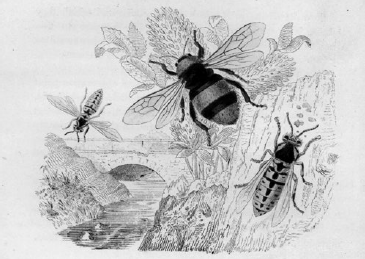
Queen wasps depicted with a bumblebee, all going about their charming routine lives. Calling the queen wasp a winter survivor and foundress of a new colony indicates a certain respect for an oft-maligned insect. From the anonymously published Episodes of Insect Life (1850).
Despite their iconic form and characteristic colours, wasps are still surrounded by myth and misunderstanding. Wasp facts as they might be imagined by the vast majority of the populace are, in fact, anything but they are fanciful folklore little changed since before the Dark Ages. Aristotle (384322 BC) had a fine mind and is rightly celebrated as a key natural philosopher (as near to a scientist as it was then possible to be), but he was foremost a philosopher on a general scale, not an expert biologist or entomologist by todays standards, and much of what he thought about the natural world is now known to be wildly incorrect. Yet much of modern societys view of wasps is still informed by the thinking of his time, and this information is now 2,000 years out of date. Worse, wasp knowledge is often based on cartoon-like stereotypes bordering on sad parody. Is it any wonder that scare stories erupt in the tabloid press late every summer when, surprise surprise, there seem to be lots of wasps about? To top it all the long-awaited Asian hornet, a pest of mind-boggling proportions to tabloid editors, has just been found in the UK. Disaster looms. Maybe.

